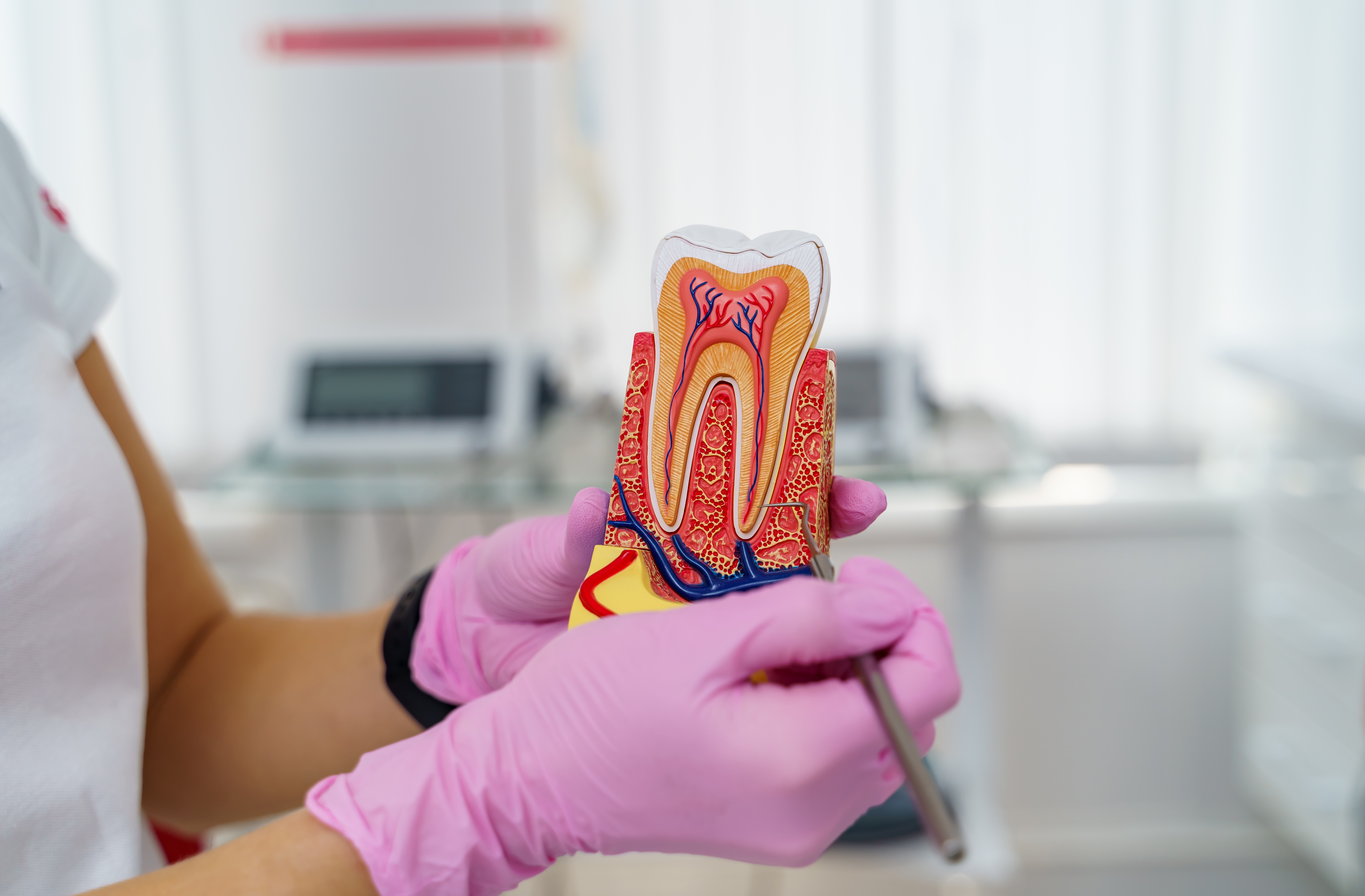 When it comes to general dentistry treatments, many individuals are perplexed and overwhelmed. They are unsure about what a root canal or extraction is. Perhaps they are scared they will require the procedure or do not understand what it entails. Knowing what to expect from these treatments may help calm your nerves and make your dentist visit more seamless.
When it comes to general dentistry treatments, many individuals are perplexed and overwhelmed. They are unsure about what a root canal or extraction is. Perhaps they are scared they will require the procedure or do not understand what it entails. Knowing what to expect from these treatments may help calm your nerves and make your dentist visit more seamless.
Dental procedures from a general dentist
The following are descriptions of dental treatments that are performed routinely by general dentists:
Dental fillings
This is one of the most common dental procedures, primarily due to the prevalence of tooth decay. To begin, the dentist will use one of many techniques such as cavity-detecting dye and x-rays to determine the presence of tooth decay. If a surface-level cavity exists, the dentist will fill it with tooth-colored composite materials to restore the tooth. This will stop cavity progression and seal off the tooth. The teeth may also need filling if they have been cracked or fractured as a result of trauma.
Root canals
A root canal is necessary when the pulp of the tooth, located at the core of the tooth, becomes inflamed or diseased and must be removed. Deep decay, recurrent dental treatments on the tooth, defective crowns, or a fracture or chip in the tooth are all possible causes of inflammation or infection.
If a tooth is left untreated or becomes infected, pus may build up and create an abscess. Abscesses may damage the bone surrounding the tooth and cause excruciating pain. After a root canal, the dentist may recommend placing a crown on the tooth to provide further protection.
Dental crown placement
A crown covers an adult tooth that is severely decaying, chipped, or fractured. They are also used to strengthen a tooth following root canals. Crowns are often made of metal, porcelain, or a mix of the two materials. When patients visit the dental office for a crown, the dentist will first prepare the tooth for the crown, rebuild it if necessary, and take impressions to produce the dental crown. Once the crown is ready, it will be cemented permanently over the tooth.
Implants and bridges
These are two options for replacing a lost tooth. A bridge is an artificial tooth that uses crowns to connect to the teeth on each side. Natural teeth or implants may be used to support bridges.
An implant is the second option for replacing a lost tooth. Implants, which comprise the crown and root, have the appearance and function of natural teeth. They are metal supports or frames that are inserted into the missing tooth's bone socket. As the jawbone heals, it develops around the post, firmly anchoring it in the jaw. Since dental implants merge with the bone, they become permanent and feel more like natural teeth.
Tooth extractions
When a tooth becomes rotten or damaged beyond repair, it must be removed entirely. You may also have an excess tooth extracted if it blocks the growth of other teeth, or your dentist may remove teeth to make room for braces. Wisdom teeth may also be removed if they become problematic. Note that extractions are usually the last resort. If a tooth can be preserved with a filling, crown, or other treatment, the dentist will consider those first.
In conclusion
If you need a general dentistry treatment, be sure to schedule it as soon as possible. The dentist will help you prepare adequately.
Request an appointment or call Lalangas Family Dentistry at 972-534-6008 for an appointment in our Dallas office.
Related Posts
Dentistry encompasses a broad range of skills and areas of focus designed to maintain or improve oral health. General dentists are the most commonly thought of practitioners, and rightfully so, with many seeing them at least twice a year. However, there are a host of dental specialists that individuals may need to encounter at some point…
A loose tooth is not something that anyone wants to deal with as an adult. Thankfully, general dentists are trained and equipped to know what to do when a patient experiences a loosened tooth. Adult teeth can become loose as a result of an infection in the oral cavity. More often than not, this is due…
A general dentist can relieve a toothache after a proper assessment. This type of dental problem is often accompanied by swelling. It may even occur with a migraine, fever, or earache. Tooth pain needs immediate treatment. Here are the details on what a general dentist can do for a toothache.Each toothache is different. That is…


